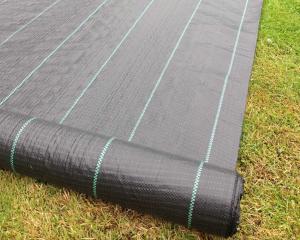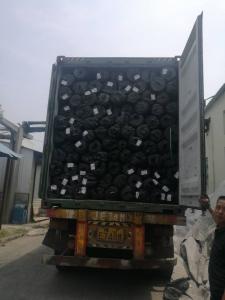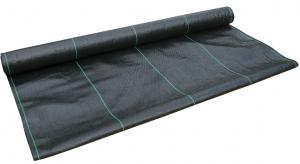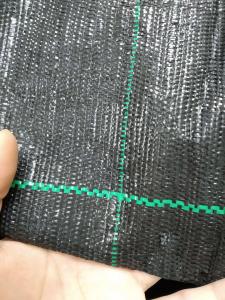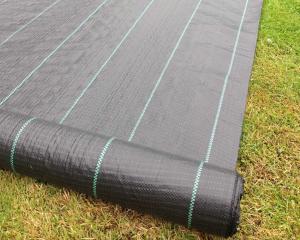PP Woven Geotextile 20KN for Road Consturction Project
- Loading Port:
- Qingdao
- Payment Terms:
- TT or LC
- Min Order Qty:
- 1000 g/m²
- Supply Capability:
- 100000 g/m²/month
OKorder Service Pledge
OKorder Financial Service
You Might Also Like
1. Description of PP Woven Geotextile
CMAX polypropylene woven geotextile is made from polypropylene flit yarn on circle weave machine, including circular loom and flat loom.
2. Specification of PP Woven Geotextile
Weight: 90gsm – 400gsm;
Width: 1m – 6m; Length: as clients’ required.
Color: black color, black with green lines, white color
Item | Unit | Index | ||||||
Unit Weight | g/m2 | 120 | 160 | 200 | 240 | 280 | 340 | 400 |
Breaking Strength in MD | KN/m | 20 | 30 | 40 | 50 | 60 | 80 | 100 |
Breaking Strength in CD | KN/m | 15 | 22 | 28 | 35 | 42 | 56 | 70 |
Elongation Rate | % | 25 | ||||||
Trapezoidal Tearing Strength | KN | 0.2 | 0.27 | 0.34 | 0.41 | 0.48 | 0.6 | 0.72 |
CBR Mullen Burst Strength | KN | 1.6 | 2.4 | 3.2 | 4.0 | 4.8 | 6.0 | 7.5 |
Vertical Permeability | Cm/s | 10^-1 ~10^-4 | ||||||
Sieve Size O90(O95) | Mm | 0.07 ~ 0.50 | ||||||
Variation | % | ±10 | ||||||
4. Property of PP Woven Geotextile:
1).Light weight, high strength, low elongation, easy to construct.
2).Reinforcement, separation, drainage and filtration, fencing function.
5. Application of PP Woven Geotextile
Railways, highways, sport fields, earthwork projects, tunnels, coal mines, walls and slopes, environmental protection and so on.
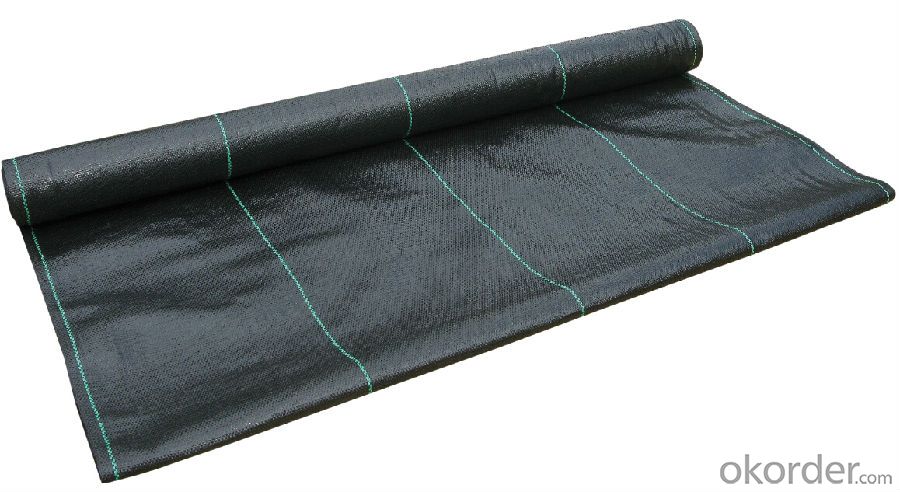
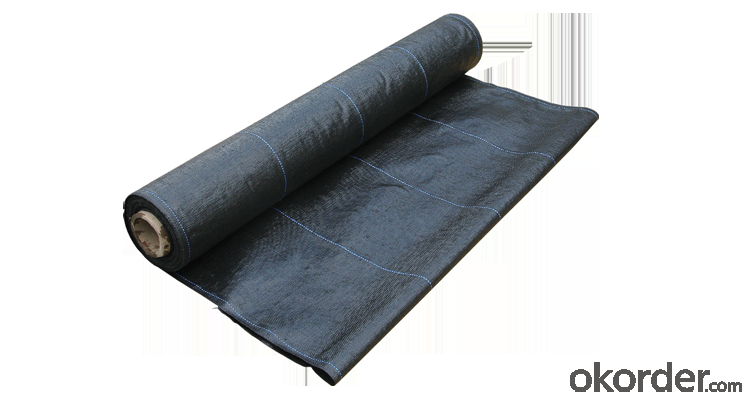
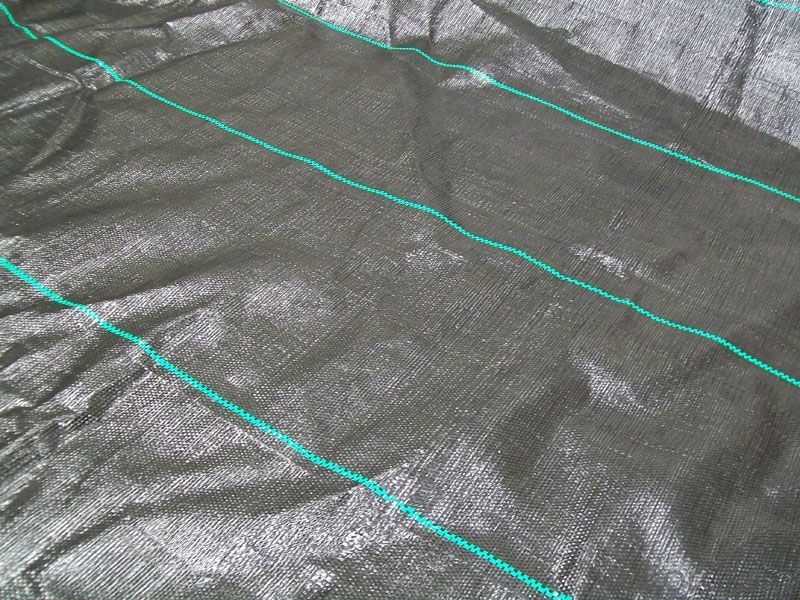
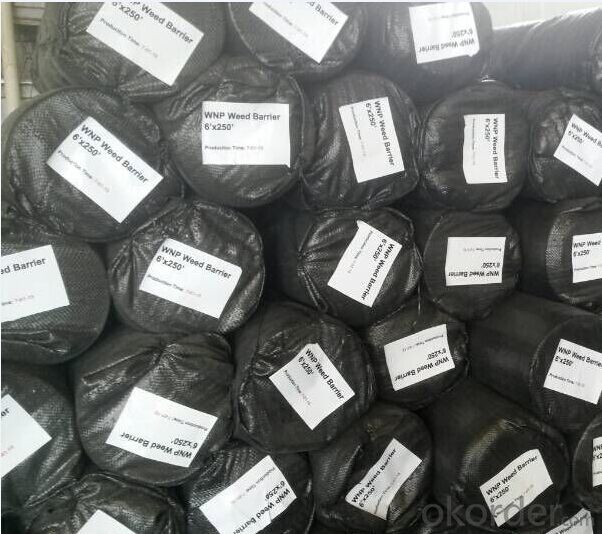
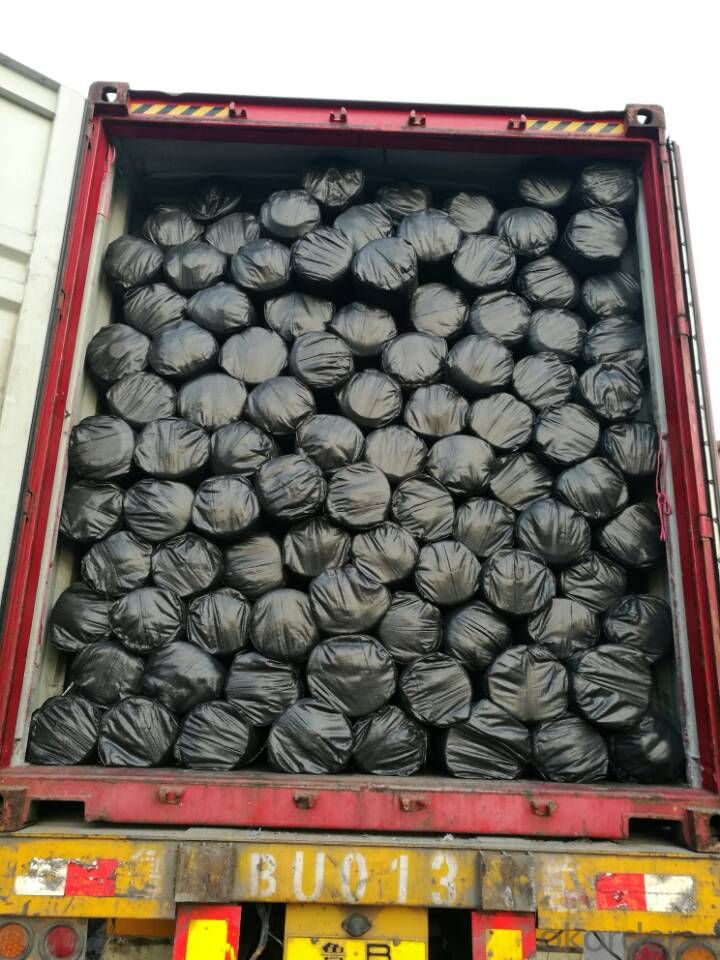
- Q:What are the advantages of using geotextiles in green roof systems?
- There are several advantages of using geotextiles in green roof systems. Firstly, geotextiles act as a barrier between the growing medium and the drainage layer, preventing soil erosion and ensuring proper water drainage. This helps to maintain the integrity and stability of the rooftop garden. Secondly, geotextiles can enhance water retention and reduce irrigation needs by improving moisture distribution throughout the green roof system. This promotes healthier plant growth and reduces the overall maintenance requirements. Additionally, geotextiles provide an added layer of protection against root penetration, preventing potential damage to the roof membrane. Overall, the use of geotextiles in green roof systems helps to optimize the performance, longevity, and sustainability of these systems.
- Q:Which big god has the relevant documents? bow down!
- Mainly from the anti-seepage, to prevent the role of soil erosion, I am specializing in the production of geotextiles, wish smooth
- Q:Can geotextiles be used in the protection of underground cables and pipes?
- Yes, geotextiles can be used in the protection of underground cables and pipes. Geotextiles act as a barrier between the cables/pipes and surrounding soil, preventing potential damage caused by abrasion, puncture, or chemical reactions. They help distribute loads and provide stability, improving the overall performance and lifespan of underground infrastructure.
- Q:What are the different manufacturing methods for geotextiles?
- There are several manufacturing methods for geotextiles, including needle punching, heat bonding, weaving, and knitting.
- Q:Geotextile longitudinal and lateral elongation gap is too much how to adjust
- 1. The elongation at break of the geotextile is divided into longitudinal elongation at break and transverse elongation at break. Generally speaking, the elongation at longitudinal and transverse faults is not very different. GB GB / T-2008 standard requirements geotextile longitudinal and lateral elongation between 20% -100% are qualified. 2. Longitudinal transverse fracture elongation gap is too large, you can check the mixing hopper, carding machine is mixed evenly, combing evenly. 3. Acupuncture machine too fast or too high acupuncture may lead to geotextile longitudinal and transverse elongation gap, you can try to debug the speed of the next needle machine. 4. Appropriate to add some industrial oil can enhance the geotextile rupture strength, and elongation at break.
- Q:Can geotextiles be used in coastal revetment works?
- Yes, geotextiles can be used in coastal revetment works. Geotextiles are commonly used as a component in coastal revetment systems to provide erosion control and stabilization. They can help to reinforce the soil, prevent erosion, and enhance the stability of the revetment structure.
- Q:How do geotextiles affect groundwater flow?
- Geotextiles can either enhance or restrict groundwater flow depending on their permeability and installation method. Permeable geotextiles can allow water to infiltrate through them, facilitating groundwater recharge and promoting natural drainage. Conversely, impermeable geotextiles can prevent water from passing through, altering the natural flow of groundwater and potentially causing waterlogging or surface runoff issues. The selection and proper installation of geotextiles are crucial to ensure they positively impact groundwater flow and maintain the hydrological balance of an area.
- Q:Can geotextiles be used in slope stabilization projects?
- Yes, geotextiles can be used in slope stabilization projects. Geotextiles are often used to reinforce and stabilize slopes by providing strength and stability to the soil. They can help prevent erosion, control surface water runoff, and improve the overall stability of the slope.
- Q:Geotextile is what material to do
- In accordance with the manufacturing method is divided into: there are two types of textile and non-woven geotextile, varieties of filament and short wire, the main raw material is more polyester filament.
- Q:What are the key factors affecting the interface friction of geotextiles?
- The key factors affecting the interface friction of geotextiles include the type of geotextile material used, the surface roughness of the adjacent materials, the normal stress applied to the interface, the moisture content of the materials, and the degree of compaction.
1. Manufacturer Overview |
|
|---|---|
| Location | |
| Year Established | |
| Annual Output Value | |
| Main Markets | |
| Company Certifications | |
2. Manufacturer Certificates |
|
|---|---|
| a) Certification Name | |
| Range | |
| Reference | |
| Validity Period | |
3. Manufacturer Capability |
|
|---|---|
| a)Trade Capacity | |
| Nearest Port | |
| Export Percentage | |
| No.of Employees in Trade Department | |
| Language Spoken: | |
| b)Factory Information | |
| Factory Size: | |
| No. of Production Lines | |
| Contract Manufacturing | |
| Product Price Range | |
Send your message to us
PP Woven Geotextile 20KN for Road Consturction Project
- Loading Port:
- Qingdao
- Payment Terms:
- TT or LC
- Min Order Qty:
- 1000 g/m²
- Supply Capability:
- 100000 g/m²/month
OKorder Service Pledge
OKorder Financial Service
Similar products
New products
Hot products
Related keywords
